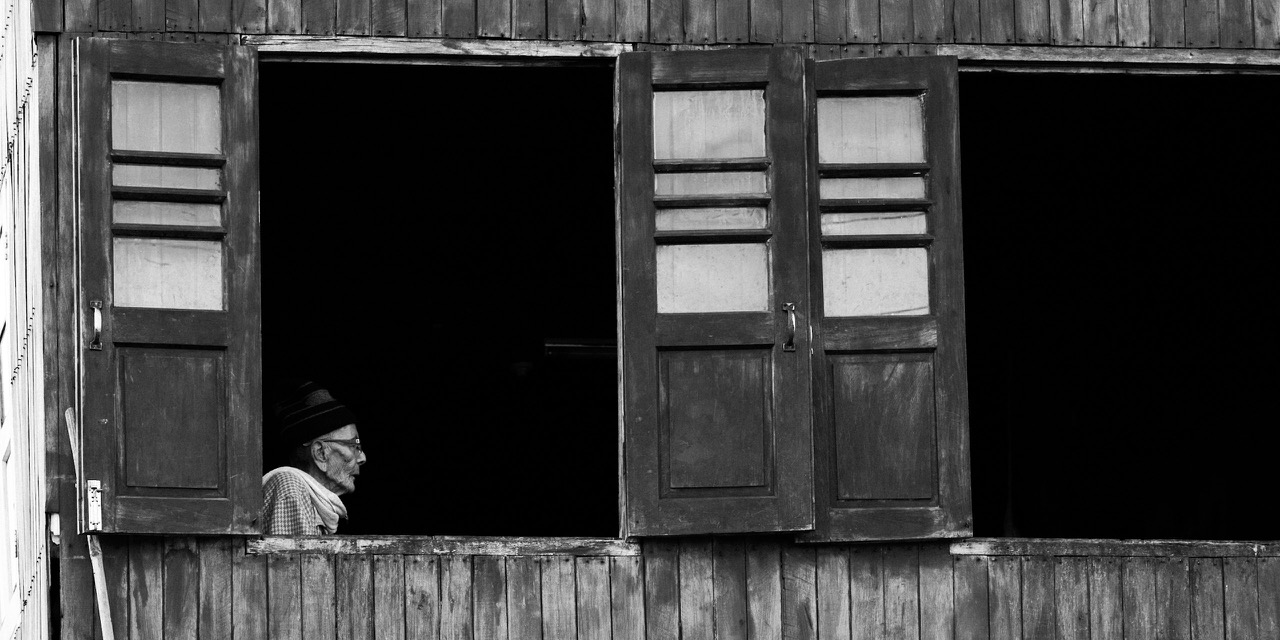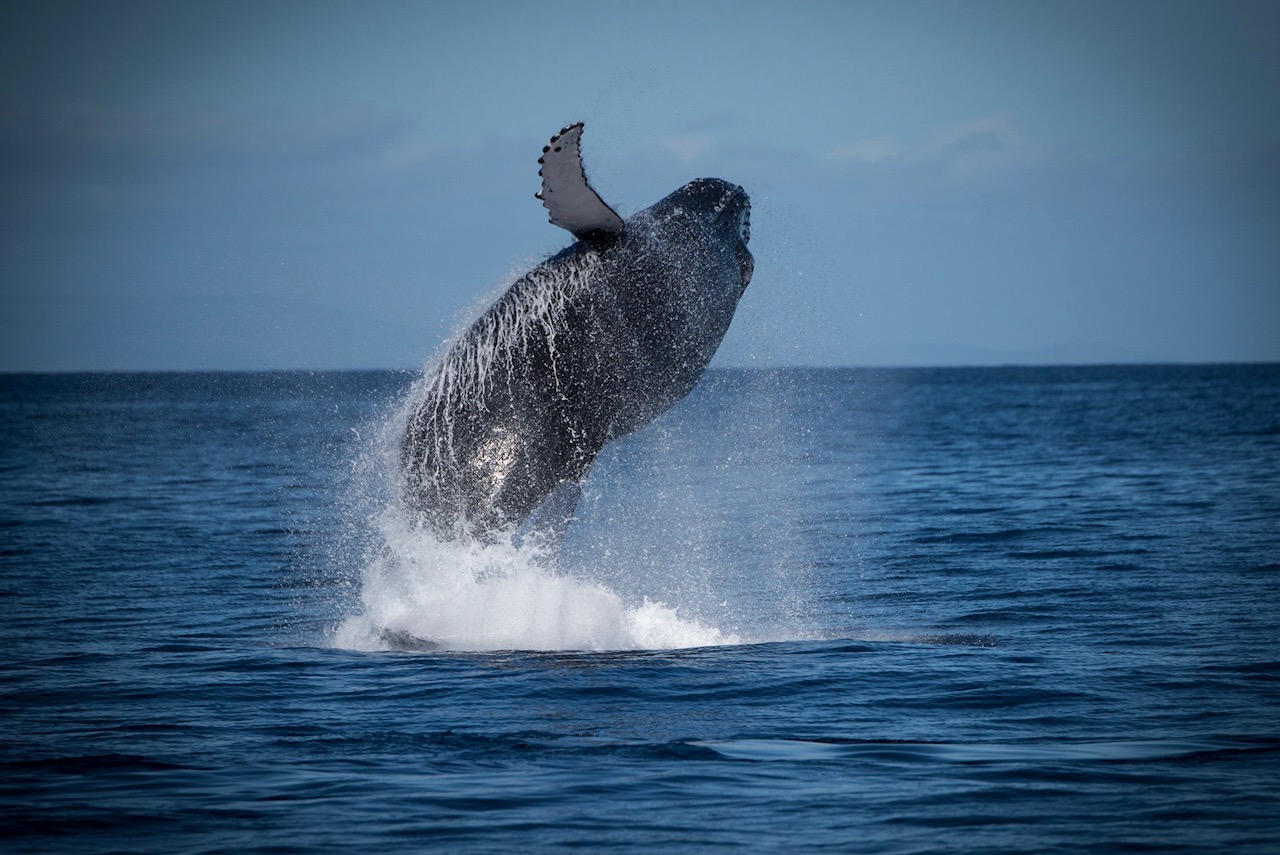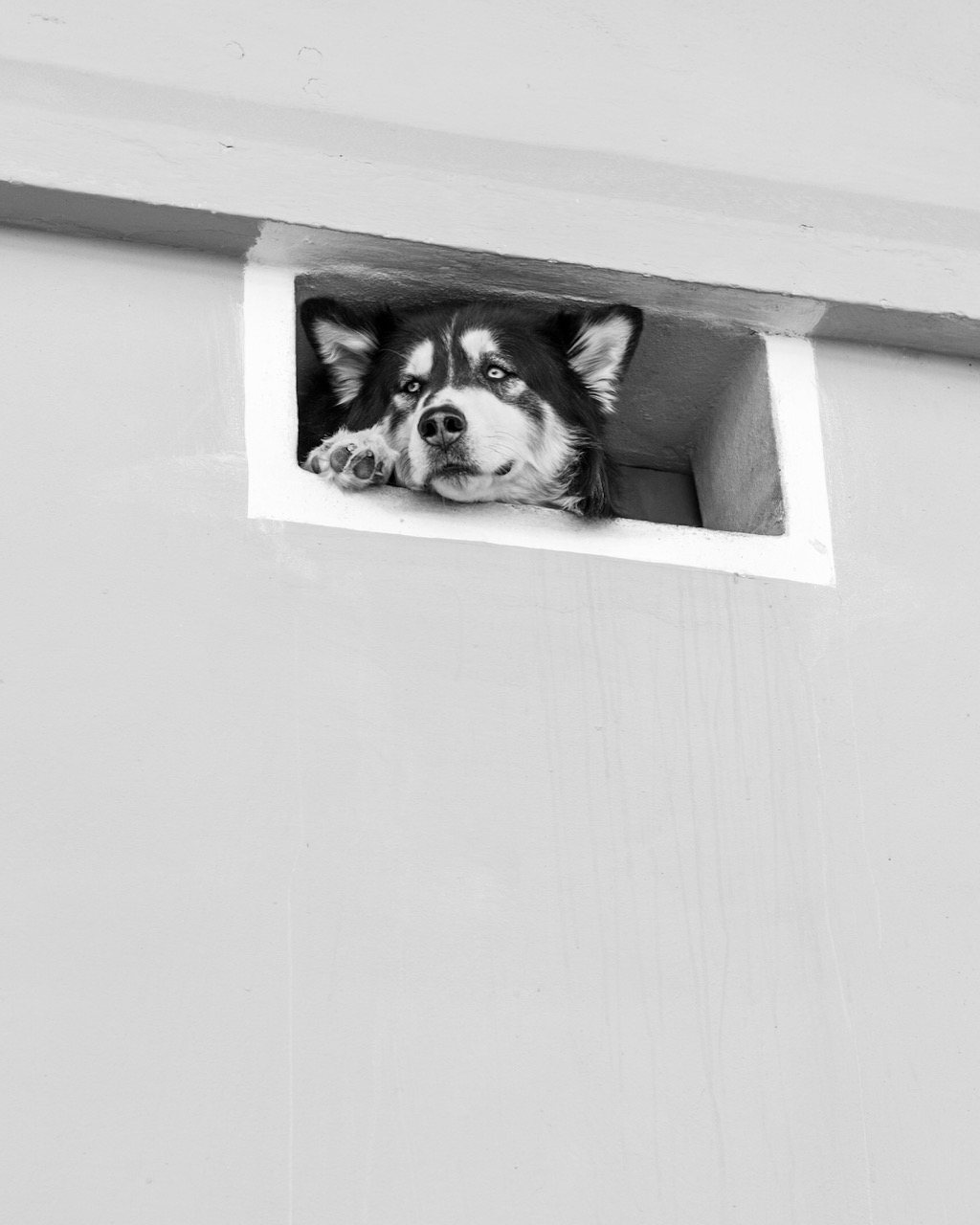
Photography Improvement Tips
I was asked to speak to the delightful Harford County, Maryland, Photography Club (led by visionary Steve Sattler) at the end of last year. Specifically, they asked me to address the issue of the journey one should be on to be a better photographer. Believe me, I thought deeply about this talk, as it is a topic that is dear to my heart as a photography educator. Here is what I came up with, but it’s obviously the opinion of only one photographer. Feel free to leave your own thoughts in the comments/discussion section.
Study the Masters. Whatever your genre, whatever your camera system, whatever your artistic vision, an investment in studying the pioneers that have plowed the field before our arrival will pay dividends many times over. And by studying, I do not mean cursory looks at their imagery, sort of like we do today when viewing images online. I mean intense studying. Why did they compose that iconic image in that way? How did they manage to capture light and shadow so perfectly with the rudimentary equipment they had?
Don’t forget the current masters. Pick some of your favorite professional and advanced amateurs and look at their work, too. Buy their books, so you can study their prints, which is the ultimate artistic culmination of an image.
Take Workshops. Yes, I know this sounds self-serving, since we offer workshops for our clients. But I, too, took workshops when I started and even as I advanced in my craft. I believe that you can only get so much from books or online videos. Nothing can beat working under the tutelage of an accomplished pro or advanced amateur. The one-on-one time and instruction you get under varied and challenging conditions is worth far more for advancing your artistic vision than you will ever pay for a workshop.
Practice. Harvey Penick, the famous golf coach, often said that it takes 10,000 practice shots to perfect a golf swing. That used to be true in photography, too. Today, with 20 frames per second cameras, perhaps 500,000 shots is more realistic. But, whether you are a zen-like deliberate photographer or a shoot-em-up type, you will never improve the way you visualize an image without getting out there and practicing. You need to be so familiar with your camera controls they become an extension of your mind. You need to confront varied environmental conditions, changing lighting, learn composition, and more. Practice, practice, practice.

Seek Critiques. I have real doubts about the effectiveness of posting images on public Internet forums asking for critique. First, there are some true psychopaths out there who derive perverse pleasures from insulting other people’s work, even if that work is quite decent. Second, the Internet is so diverse, would you want a 13-year old’s opinion?
I am not suggesting you seek only professional critiques. Find some local, accomplished photographers whose work you respect. Ask if they would be willing to critique your work, but first promise you will not flood them with requests. When offered suggestions, listen, don’t defend.
It’s Never About Equipment. Please do not make the mistake of thinking that mastering photography is ever about equipment. I recall a wonderful image by Dewitt Jones of a Joshua tree that appeared in the March, 2008 issue of Outdoor Photographer. The setting sun saturates the tree with gold tones, making for a lovely image. When I ask my students what they think it was taken with, they will go through the litany of top name cameras. That image was actually taken with a three megapixel iPhone!
The most important pieces of equipment, to my way of thinking, are your eyes, your heart and your gut. You must train your eyes for composition, your heart for drama and emotion, and your gut for passion for your craft. Without those essential tools, your images will be snapshots, not art.

Believe in Yourself. Finally, none of this will work if you do not have a deep and abiding belief that you are the master of your destiny, that you can and will improve, that your commitment to your craft will take you through the eventual frustrations and disappointments. I recall that as a young fledgling writer one of my editors told me that the mark of the best writers is how thick their rejection piles are. One night I wallpapered an entire wall of my office with rejection slips, as a badge of honor and commitment to my craft. Now, with more than 650 printed articles and photographs in major publications and five novels to my credit, I recognize that those dozens of rejections (alright, they were probably hundreds!) helped me negate the naysayers outside and inside me.
My advice is to look at every one of your image failures as an opportunity. Learn from them and try again and again. If you have the passion and belief in yourself, success will come.